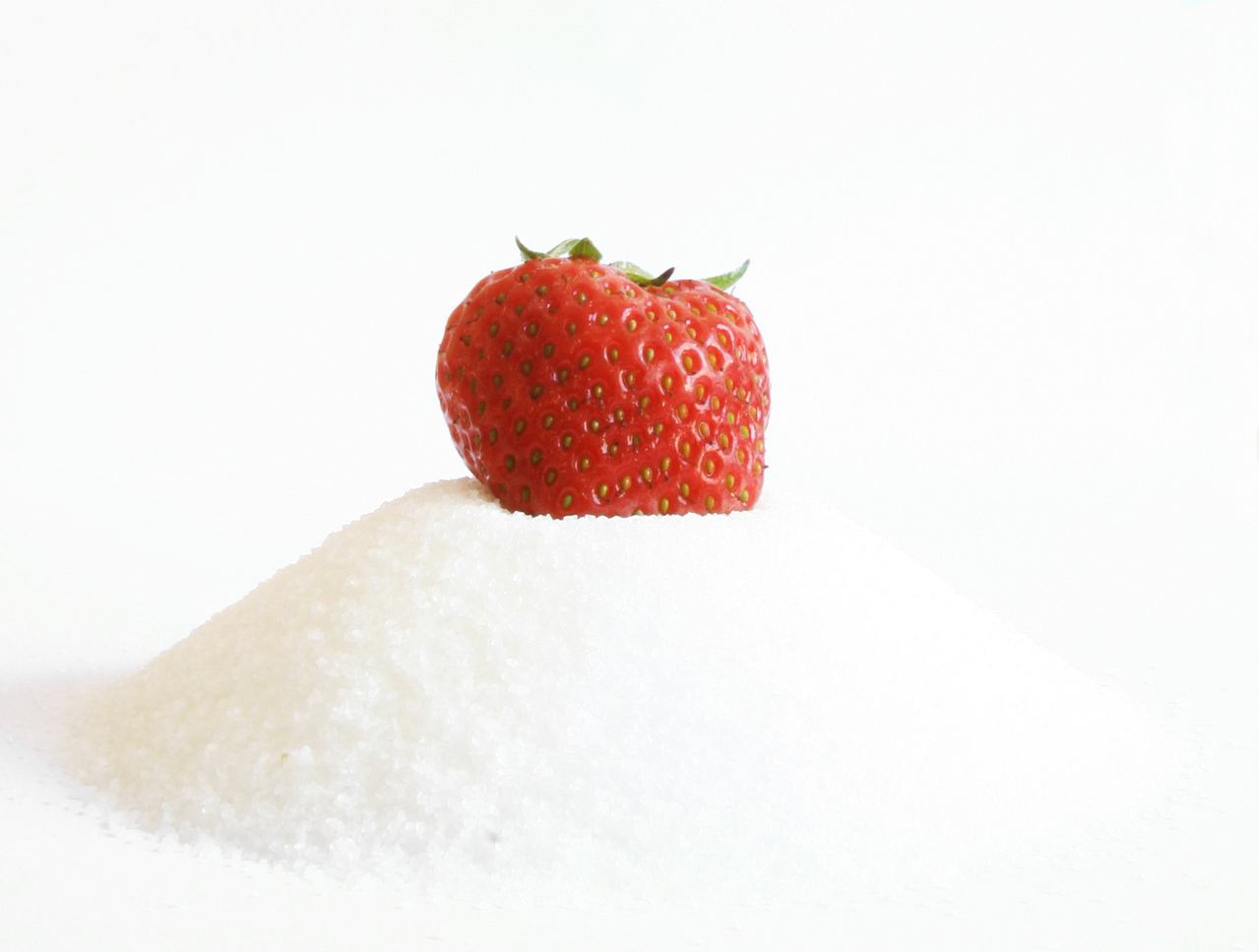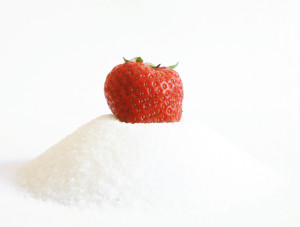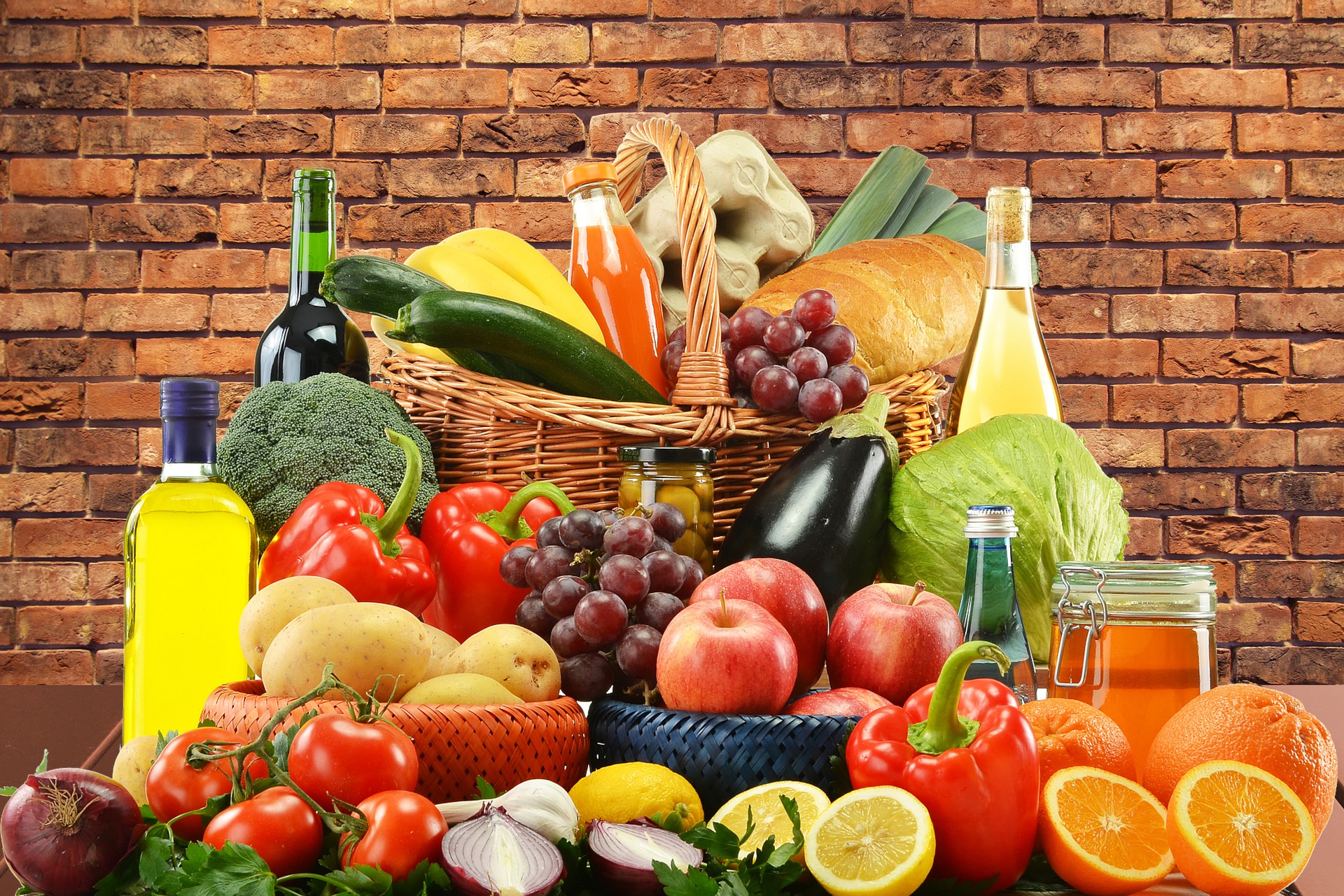
SICKLE CELL AND GLUCOSE
You’ve probably heard the terms fructose, glucose and sucrose before. You may even know that they’re all types of sugar. But do you know how they differ from one another, or whether some are better for you than others?
We are at a time where scientists are telling us to eat less salt and less sugar; hence my article today about glucose. Not all sugars are the same and study shows that glucose sugar is better for our body.
As a child, I remember my mum giving me glucose and water to drink regularly. So here I was shopping at a health shop a while back and saw ‘Glucose’ and remembered my childhood. I remembered always seeing the pack in our house. I bought it and I have been drinking it since, when home and I feel dehydrated and adding it to foods. The thing is glucose is not as sweet, as normal sugar or fructose. Its about what we have become accustomed to, however as you start to make the change very slowly, you too can start to consume less sugar in what you eat or drink.
By Kimberly Ancira www.sfgate.com
Sucrose, glucose and fructose are important carbohydrates, commonly referred to as simple sugars. Sugar is found naturally in whole foods and is often added to processed foods to sweeten them and increase flavor. Your tongue can’t quite distinguish between these sugars, but your body can tell the difference. They all provide the same amount of energy per gram, but are processed and used differently throughout the body.
Glucose
The most important monosaccharide is glucose, the body’s preferred energy source. Glucose is also called blood sugar, as it circulates in the blood, and relies on the enzymes glucokinase or hexokinase to initiate metabolism. Your body processes most carbohydrates you eat into glucose, either to be used immediately for energy or to be stored in muscle cells or the liver as glycogen for later use. Unlike fructose, insulin is secreted primarily in response to elevated blood concentrations of glucose, and insulin facilitates the entry of glucose into cells.
Fructose
Fructose is a sugar found naturally in many fruits and vegetables, and added to various beverages such as soda and fruit-flavored drinks. However, it is very different from other sugars because it has a different metabolic pathway and is not the preferred energy source for muscles or the brain. Fructose is only metabolized in the liver and relies on fructokinase to initiate metabolism. It is also more lipogenic, or fat-producing, than glucose. Unlike glucose, too, it does not cause insulin to be released or stimulate production of leptin, a key hormone for regulating energy intake and expenditure. These factors raise concerns about chronically high intakes of dietary fructose, because it appears to behave more like fat in the body than like other carbohydrates.
Sucrose
Sucrose is commonly known as table sugar, and is obtained from sugar cane or sugar beets. Fruits and vegetables also naturally contain sucrose. When sucrose is consumed, the enzyme beta-fructosidase separates sucrose into its individual sugar units of glucose and fructose. Both sugars are then taken up by their specific transport mechanisms. The body responds to the glucose content of the meal in its usual manner; however, fructose uptake occurs at the same time. The body will use glucose as its main energy source and the excess energy from fructose, if not needed, will be poured into fat synthesis, which is stimulated by the insulin released in response to glucose.
Glucose is the primary source of energy your body uses and every cell relies on it to function. When we talk about blood sugar we are referring to glucose in the blood. When we eat carbohydrates, our body breaks them down into units of glucose. When blood glucose levels rise, cells in the pancreas release insulin, signalling cells to take up glucose from the blood. As the cells absorb sugar from the blood, levels start to drop.
The nutritional profile
The glycemic index is a ranking of how quickly foods make your blood sugar levels rise after eating them. High GI foods are very easily broken down into glucose. Glucose is the defining standard and has a GI value of 100. Glucose alone does not taste particularly sweet compared to fructose and sucrose.
Health claims
Research suggests that, as glucose stimulates insulin release from the pancreas, it also results in the release of two other hormones, leptin and ghrelin. Leptin is known as the appetite suppressor and ghrelin the appetite increaser. It is thought that lower GI foods (such as wholegrains, proteins and those lower in glucose) suppress ghrelin, therefore regulating satiety.
http://www.bbcgoodfood.com








Very enlightened. Thanks
Good tutorial.
Thanks
Thank you for your words of encouragement and do continue to look at this blog.
Highly informative. Thank you
Thank you so much for your words of encouragement.